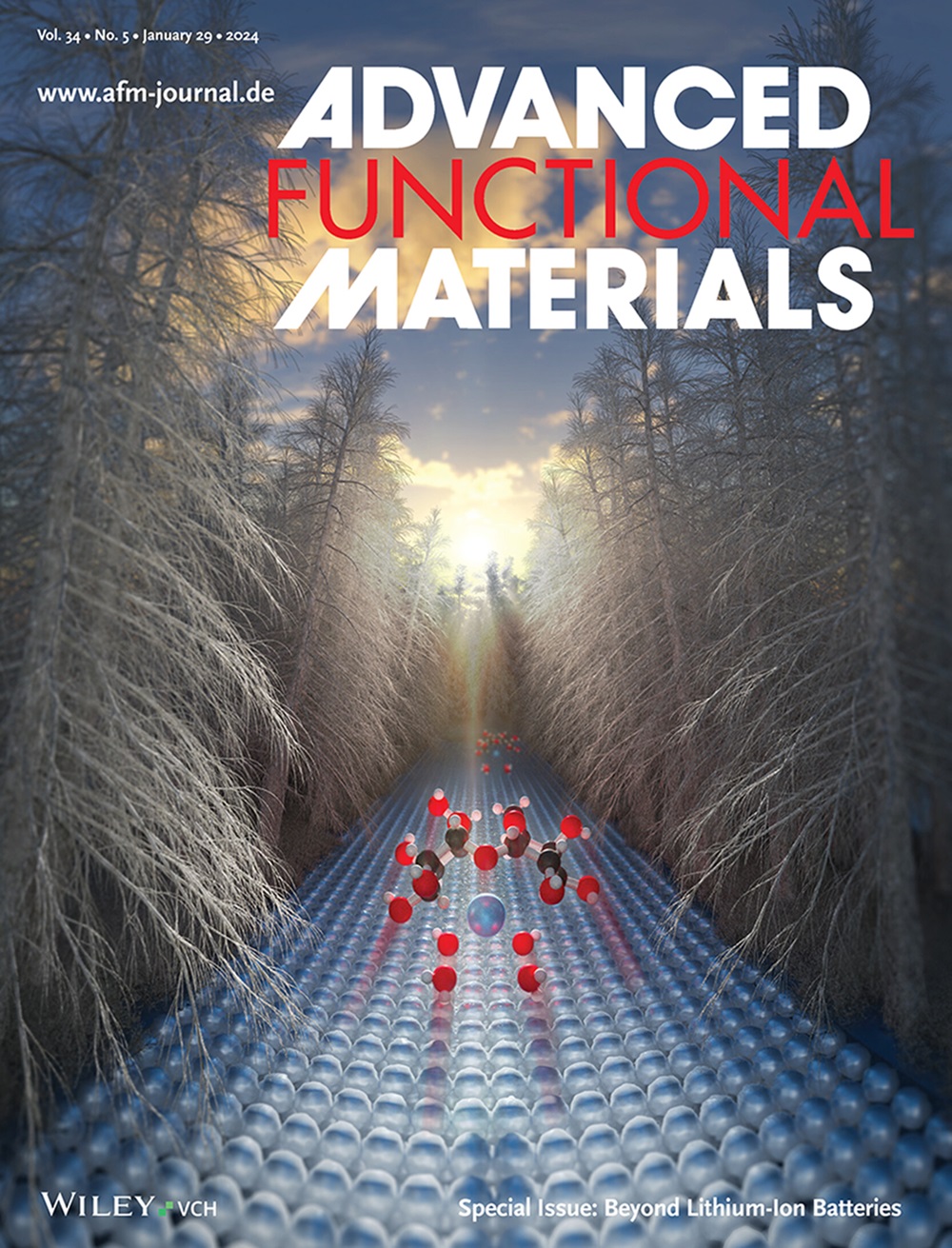具有高灵活性和灵敏度的压电驻极体薄膜声传感器,用于噪声免疫的人机交互
IF 18.5
1区 材料科学
Q1 CHEMISTRY, MULTIDISCIPLINARY
引用次数: 0
摘要
声学检测和识别在许多领域的信息交换中至关重要,但传统的声学传感器在体积、灵敏度和灵活性方面存在局限性。现有的柔性声传感器在弯曲作用下仍存在性能下降的问题。因此,本研究引入了一种压电驻极体薄膜声传感器(PETAS),该传感器包括振动膜、间隔层和由氟化乙丙烯(FEP)制成的驻极体层。电晕极化后,驻极体层内的气隙充满电,当器件发生变形时,电荷重新分布。通过将膜片与驻极体层解耦,膜片可以对声压变化做出特定的响应并影响电荷分布,从而在保持灵活性的同时显著提高带宽和灵敏度。制造的传感器在0 ~ 830 Hz频率范围内具有稳定的输出,高灵敏度(500 Hz时为2.744 pC/Pa)和出色的耐用性(>;105个连续操作和1000个弯曲循环而不损失性能)。卓越的性能确保了指令识别的准确率超过96%,并且在人机交互中具有很强的环境噪声抑制能力。实验证明,颈部安装的PETAS明显优于商用麦克风。这些演示表明,PETAS为下一代可穿戴电子产品和HRI系统提供了一个通用的解决方案。本文章由计算机程序翻译,如有差异,请以英文原文为准。
Piezoelectret Thin‐Film Acoustic Sensor with High Flexibility and Sensitivity for Noise‐Immune Human‐Robot Interaction
Acoustic detection and recognition are crucial for information exchange in diverse fields, yet traditional acoustic sensors face limitations in bulk, sensitivity, and flexibility. The existing flexible acoustic sensors still struggle with performance degradation under bending. Therefore, this study introduces a piezoelectret thin‐film acoustic sensor (PETAS) that includes a vibrating membrane, a spacer layer, and an electret layer made of fluorinated ethylene propylene (FEP). The air gaps within the electret layer are fully charged after corona poling, and charge redistribution occurs when the device undergoes deformation. By decoupling the diaphragm and the electret layer, the diaphragm can specifically respond to acoustic pressure variations and affect charge distribution so that bandwidth and sensitivity are significantly enhanced while flexibility is maintained. The fabricated sensor demonstrates a stable output across 0∼830 Hz frequency range, high sensitivity (2.744 pC/Pa at 500 Hz), and excellent durability (>105 continuous operational and 1,000 bending cycles without performance loss). The exceptional performance ensures an over 96% accuracy in the command recognition and strong ability of environmental noise rejection in the human‐robot interaction. As demonstrated in experiments, neck‐mounted PETAS significantly outperformed commercial microphones. These demonstrations illustrate that PETAS offers a versatile solution for next‐generation wearable electronics and HRI systems.
求助全文
通过发布文献求助,成功后即可免费获取论文全文。
去求助
来源期刊

Advanced Functional Materials
工程技术-材料科学:综合
CiteScore
29.50
自引率
4.20%
发文量
2086
审稿时长
2.1 months
期刊介绍:
Firmly established as a top-tier materials science journal, Advanced Functional Materials reports breakthrough research in all aspects of materials science, including nanotechnology, chemistry, physics, and biology every week.
Advanced Functional Materials is known for its rapid and fair peer review, quality content, and high impact, making it the first choice of the international materials science community.
 求助内容:
求助内容: 应助结果提醒方式:
应助结果提醒方式:


